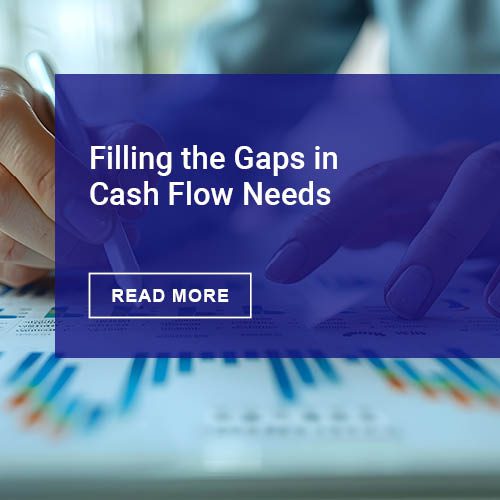21st century technology has the power to make consumers’ lives easier. Take, for instance, your cell phone. It’s now also your camera, your calendar, your computer-on-the-go – and it’s even your wallet. Since a majority of consumers have their phones glued to their hands at all times, it only makes sense that the idea of mobile payment technology has become a reality. There are several different types of mobile wallets with minor differences and perk to each, but they all operate of the same basic idea. According to the latest proximity mobile payments forecast from eMarketer, the total value of mobile payment transactions in the US will grow 210% in 2016. (1)
However, consumer adoption of mobile wallets was slow to start, and current consumer adoption rates of mobile payment technology has been dwindling. Many merchants have updated to EMV-capable equipment, which often includes NFC technology and enables them to accept major mobile wallets like Apple Pay and Android Pay. (2) But worldwide, people spent $235.4 billion through mobile payments in 2013, compared with $163.1 billion in 2012. But that number is much smaller in North America, where consumers spent about $37 billion through mobile transactions in 2013, up from $24 billion the year before.(3) Tech Target reported that 57% of consumers were interested in mobile payment technologies, however only 3% of mobile phone owners used their mobile wallets for in-store purchases in the past three months. (4)
What one company has touted as “your wallet without the wallet” has the potential to make our lives easier and faster. Who doesn’t always have their phone with them? The technology is as convenient as claimed. In order to use mobile wallets, the consumer simply holds the phone near a card reader. Near-field communication (NFC) chips embedded in the device allow the transaction to be completed, while the Touch ID sensor does away with the need for the consumer to enter a PIN verification. (5) It’s convenient. It’s easy. It was highly publicized. So why has adoption of the new technology been so slow?
Despite the fact that each transaction made via mobile wallets generates the equivalent of a new credit card number so that the consumer’s information is never actually seen by the merchant, (6) They are perceived as less secure than a traditional credit card. Mobile devices make up a large share of the $6 billion annual fraud costs for merchants and card issuers. While only accounting for 14% of transactions among merchants who accept them, mobile payments make up 21% of fraud cases. (7)
The 2015 Mobile Payment Security Study conducted by the cybersecurity association ISACA surveyed more than 9000 cybersecurity professionals. The study revealed that 47% of respondents feel that mobile payments are not secure and carry significant perceived security risks. Additionally, 87% of those respondents predicted a large increase in the number of mobile payments data breaches over the next 12 months. (8)
With mobile wallets, thousands of dollars’ worth of merchandise could be stolen at the blink of an eye. A fraudster could steal a credit card, enter the card into a mobile wallet compatible device, then use the phone to purchase merchandise without the need for identification. As with all fraudulent transactions, the consumer has recourse should a fraudulent purchase be made through mobile wallets. The consumer is able to file a chargeback, however chargebacks are a double edged sword and have the potential to hurt the consumer in the long run despite the perception of being a quick and effective solution.
In order for mobile payment technology adoption to take off, consumers need to feel confident in the service. Adoption of mobile payment technology has been slow and stilted at best due to the perceived and actual risks associated with the new technology. In order for the consumer usage of mobile wallets to meet the consumer interest of mobile wallets, companies needs to invest in new technology to make the feature more secure.
Some mobile wallets are rumored to expand to mobile websites by Christmas, just in time for the holiday shopping season. Users will be able to make purchases on mobile websites through fingerprint ID in lieu of entering in credit card information. However, this expansion in the ability to use mobile wallets should come with an expansion in anti-fraud technology. In order for these companies to make mobile wallets more user friendly, they must increase the security of the feature as the accessibility of the feature increases. We all want to see a rise in mobile payments, but we don’t want to see a rise in fraud along with it.
(1)











